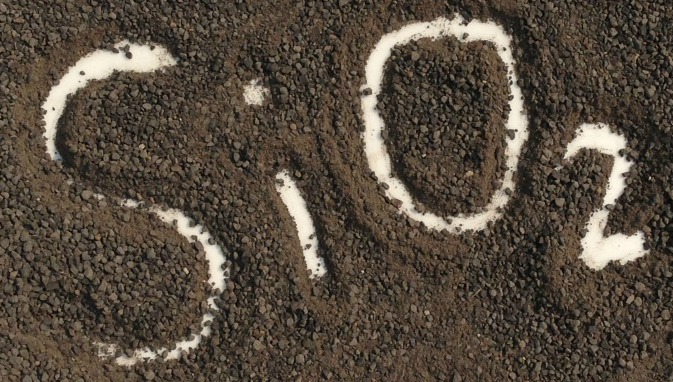
Another by-product of slag, gotten from the production of phosphorus in an electric furnace can be applied to soils with low silica contents in the cultivation of watermelon, sugarcane, rice, and other crops.Īnother good source of silicon for plants, sodium silicate often referred to as water glass has many industrial applications including textiles, ceramics, cement, silica gel, and adhesives. Wallosonite (calcium metasilicate) is the most effective source in places where the soil is low in soluble silicon concentration. This is by far the most important source of silicon for plants and is best for soil application. When making use of slag as a source of silicon for your rice or sugar cane farm you should ensure that it has a high silicon dioxide content so as not to expose your plant to other toxic metals that are not beneficial to its yield. It is usually a combination of silicon dioxide and metal oxides, but it can also contain metal sulfides and other metals depending on the refining process.

Some of the available sources of silica for plant growers include:Ī by-product from the industrial processing of iron and other alloys, slag is used as a source of plant silica due to its high solubility and concentration. The best sources of silica for plants are the ones that are highly soluble but since most sources are insoluble, you may have to do a bit of work and research in finding a good source of plant silica for your garden. Although silicon is the second most available element in the earth’s crust, it is usually in combination with other elements. The next question you will be asking will be where these growers find the silica they add to their garden.įor you to consider a quality silicon source, it needs to contain high levels of soluble silica, has physical properties that are safe for machine applications, readily available, and shouldn’t be expensive to purchase or apply to plants. Now that I have mentioned some of the health benefits of silica, you should begin to see the reason why most plant growers add silica to their gardens to improve their plant yield. The skin, hair, and nails are not left out as they require essential minerals to be able to develop properly, and apart from calcium, silicon also helps out in that department. The mineral also helps to balance the release of insulin by the pancreas. The ligaments, joints, tendons, and tissues in the body require silica for strong and healthy development. It plays a major contribution to bone and teeth development and as such should be included in our diet. Silicon is needed as part of a balanced diet for every healthy individual. A lot of plant growers believe that silicon doesn’t have any benefits when added to their garden since it isn’t part of the essential nutrients required for plant growth. It is a major component of plant tissue and is formed when oxygen and silicon come in contact. Silica is what is commonly used to refer to the compound silicon dioxide. In this article, I will be sharing with you a little detail about silica for plants, including plant sources and the benefits they add when they are included in fertilizer in the garden. The use of silica is common among hydroponic farmers who add it directly to the reservoir away from other nutrients since the mineral becomes sticky when added together with other concentrated salts. In the past, agronomists ignored the use of silicon as fertilizer but lately, due to its benefits to the growth of a plant and its ability to improve plants’ resistance to disease, it is becoming more popular with many plant growers who apply silica to their gardens for a wide range of plants. These plants have high levels of silica compared to minerals such as magnesium, calcium, and phosphorus.

It comprises about 55-70% of soil mass and just happens that some plants can gather high levels of silica in their tissue.

One of the most abundant components in the earth’s crust, silicon is a major contributor to the plant kingdom. Although not a major plant nutrient, silica is still considered to be important in any grow room. Today, we’re going to be looking at an organic source of silica for plants and the best sources.


 0 kommentar(er)
0 kommentar(er)
